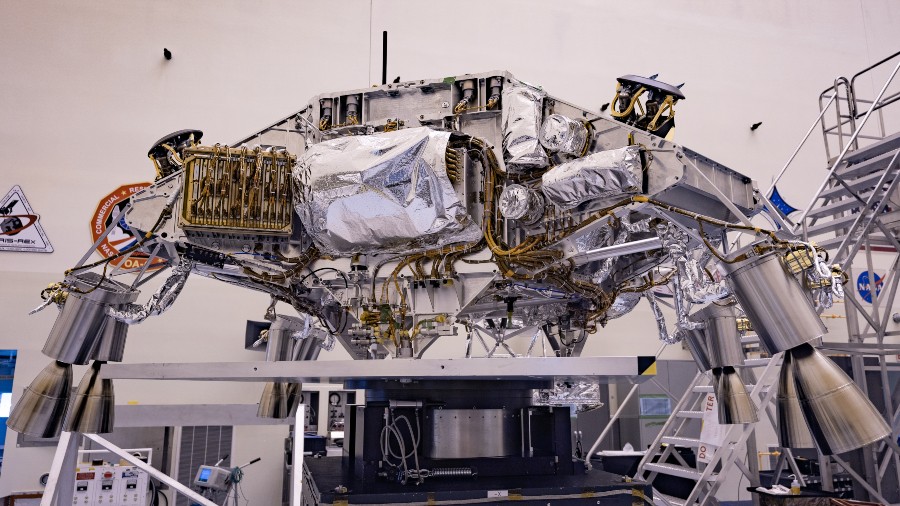NASA’s ‘Perseverance’ rover set to land on Mars [Video]

WHAT YOU NEED TO KNOW:
- NASA’s ‘Perseverance’ rover is set to land on Mars Thursday, ending its 293-million miles journey in seven months.
- The rover’s mission was to search for signs of microbial organisms as Perseverance was built to extract rock specimens subject to NASA’s analysis.
- Two future missions were also being set to obtain the samples to be collected by the rover.
Mars rover ‘Perseverance’ ━ NASA’s most high-tech and sophisticated robotic astrobiology lab ever traveled outside of earth ━ signaled its landing on Mars, enduring a seven-month, 293-million-mile journey.
NASA Jet Propulsion Laboratory’s (JPL) Mission managers announced on Wednesday that they were hoping for a safe landing of the six-wheeler, SUV-sized rover at a flat plain near the edge of the ancient river delta beside towering cliffs.
The touchdown is set at 12:55 pm PST (2055 GMT), per signals given by one Mars orbiter. Engineers look forward to confirming the landing and securing a first image of the planet.
The main goal of the $2.7 billion mission is to look for evidence of microbial organisms that could have existed in the last three billion years when the planet was more liveable back then.
By far the largest and most advanced vehicle NASA has brought to Mars, Perseverance was built to obtain rock samples which would be taken home to Earth for analysis. The samples would be the first specimens to be gathered by humans outside the globe.
According to JPL landing team head Al Chen, the rover, sheltered inside the “cruise” part of the spacecraft, looked well-poised, heading for a “bull’s-eye” landing on a typical Martian environment.
“That’s pretty incredible considering our last maneuver was back in December,” he said during an online briefing.
Several days ago, the engineers set a command to activate the spacecraft’s autopilot mode in preparation for its final phase before landing. Chen expected that no further course of action is needed to modify the flight control.
Amid the impending touchdown, Chen admitted that bringing the rover to the red planet was the most dangerous part of the project.
“We just cannot guarantee success,” he confessed.
To succeed in its mission, Perseverance also brought other equipment such as a miniature helicopter, which was developed to be a controlled aircraft from the Earth, and an air-converting device that switches carbon dioxide into oxygen.
It also has a weather station, 19 cameras, and two microphones which would be used to provide a higher quality of sensory depth of recorded images.
A safe landing would depend on the turn of events, which would take seven minutes for the rover to set foot on the Jezero crater after reaching the Martian skies.
In two upcoming missions, the samples are bound to go to Earth for NASA’s research in the coming years.
Source: Reuters
